As you may remember I have partnered with Duravit this year to support the blog and while we are hoping to do an actual event later in the year (when the rules stop changing) I am very excited that as part of this collaboration I have landed a very rare interview with the design legend that is Philippe Starck.
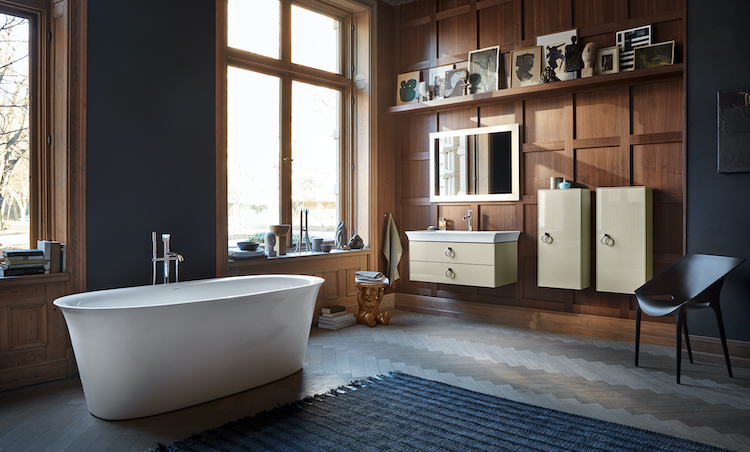
The French product designer has created a new range with Duravit – his first complete bathroom – and he hardly ever does interviews, preferring instead to talk directly to camera and upload the video to You Tube. Of course, originally this was going to involve a trip to Paris, probably with lunch, followed by a tour of his atelier (ok this was mostly in my head) but covid being what covid is it was conducted by email but it was still a chance to ask him questions and have him, mostly, answer them.
I tried to cover as much as possible and on as many topics as possible from his design process to his latest work (think space station) and how he found lockdown affected his creativity. All the images for the piece are from his White Tulip Duravit range, which is very beautiful (especially if you have a bathroom that looks like this!).
Starck has worked with Duravit on several collections but he is, of course, one of the most prolific designers working today. His catalogue includes, chairs, tables, lights, the infamous Juicy Salif lemon squeezer (of which more later) an electric bike, hotels and even a wind turbine.
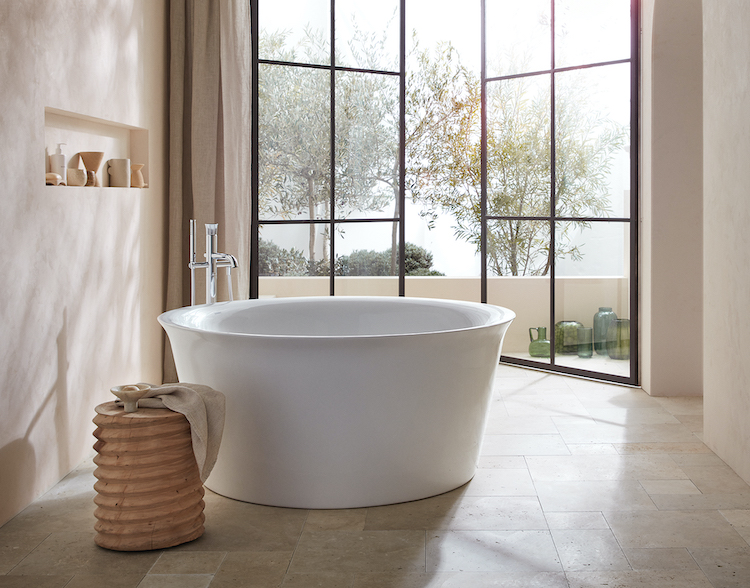
So my first question is what’s left for you to design? Is there a product you think can be improved or that you haven’t designed and would like to reinvent?
“There are some objects I haven’t succeeded in 50 years and I keep trying. I’ve been asked to design wine glasses, but it’s impossible to design a better one than the wine glass which exists today.
“There are still unexplored territories. Today, the only acceptable object would be something that carries a strong political representation, a new ecological reality, or a new sexual identity. In the future, not even the sky is the limit. Today, my creation and my production go towards immateriality, towards the minimum of matter while giving the maximum of service. I continue to explore biotechnologies, biomechanics while working on dematerialization and bionism [the intersection of technology and humanity, technology and nature – taking inspiration from the organic to create technologies that are better suited to humans.].
“I am only interested to create idea concept and dreams. I guess that the next designer is the gym coach, the dietician, the doctor and that’s all.”
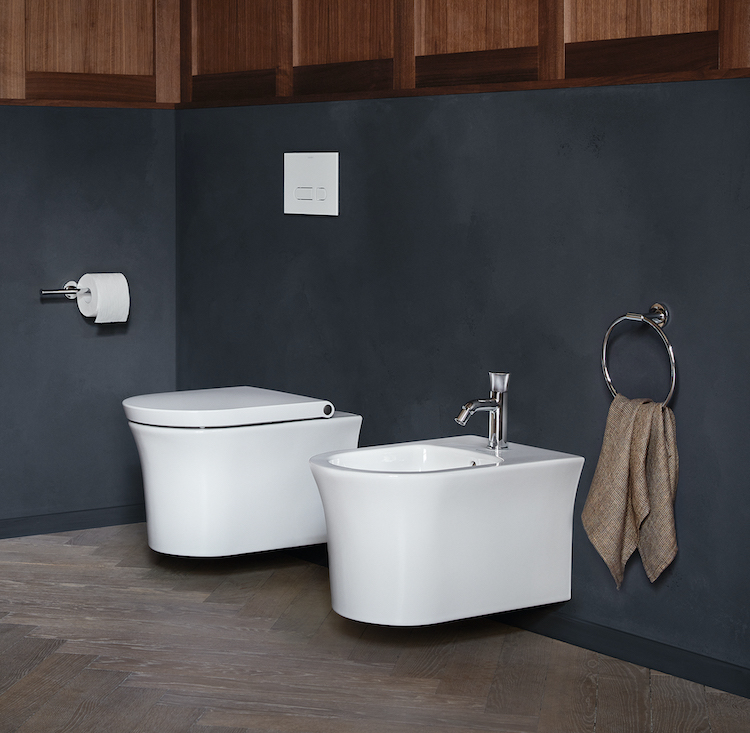
How do you work? Are you an instinctive designer or if you have to search for inspiration in a painstaking process? We all know the story of the Juicy Salif and how it came about on a napkin while you waited for your lunch – is that a classic way of working for you? Do you have a flash of inspiration or are you more methodical – researching problems with existing products and seeking to refine and improve them?
“Creativity is a mental sickness, which doesn’t need inspiration. We have everything inside ourselves. With my wife, we live in the middle of nowhere, so I can be in front of myself and find ideas in myself. I have always lived like a monk, working at home locked up from morning till night. When I get to work, for 18 hours a day, I’m always immersed in total concentration and I don’t think about anything. I am not interested in design itself but in design as part of our life as human beings. Let’s remember that 4 billion years ago, we were all amoeba, later fish, frogs, monkeys and super monkeys. We are the only species, as far as we know, which tries to control its quality and speed of evolution. We are creators thanks to our creativity. That is the biggest difference between us and a cow. A cow produces milk, mankind produces ideas.
“The success of a creation lies in its harmony and the harmony of all its parameters. A creation is like a ball; It starts out a bit wobbly and becomes more and more polished with a lot of work. When it turns into a crystal ball, it means that all the parameters are perfectly and harmoniously balanced. For example, when we start working with Duravit, it is difficult to understand that something we have created in 10 minutes takes 10 years to be developed, produced and launched. This unique process is what makes Duravit products absolutely time-proof, the perfect design and the perfect quality.”
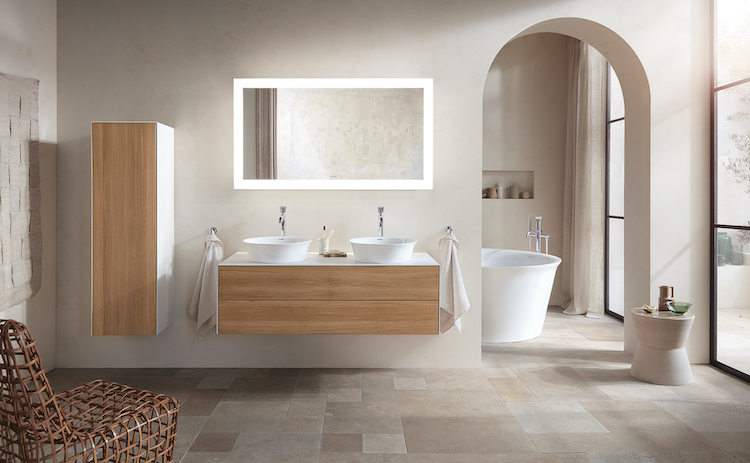
Yes, tell me about the inspiration for White Tulip?
“White Tulip is a collection of tenderness that was missing. The habitat has four precise families: nature, minimal, classic and culture. In line with Duravit’s meaning, this collection mixes nature and culture. White Tulip looks natural as the design is made of natural materials and is shaped like a tulip. Nature brings freshness, honesty, truth and evidence. My collaboration with Duravit has always naturally leaned towards minimal and timeless designs. However, I realized that this lacked a sense of nostalgia. Instead of creating absolute timeless pieces, I wanted to place the White Tulip collection more in human time. White Tulip is a very sophisticated collection with a strong sense of ergonomics, but above all, it is delicate which makes all the difference.”
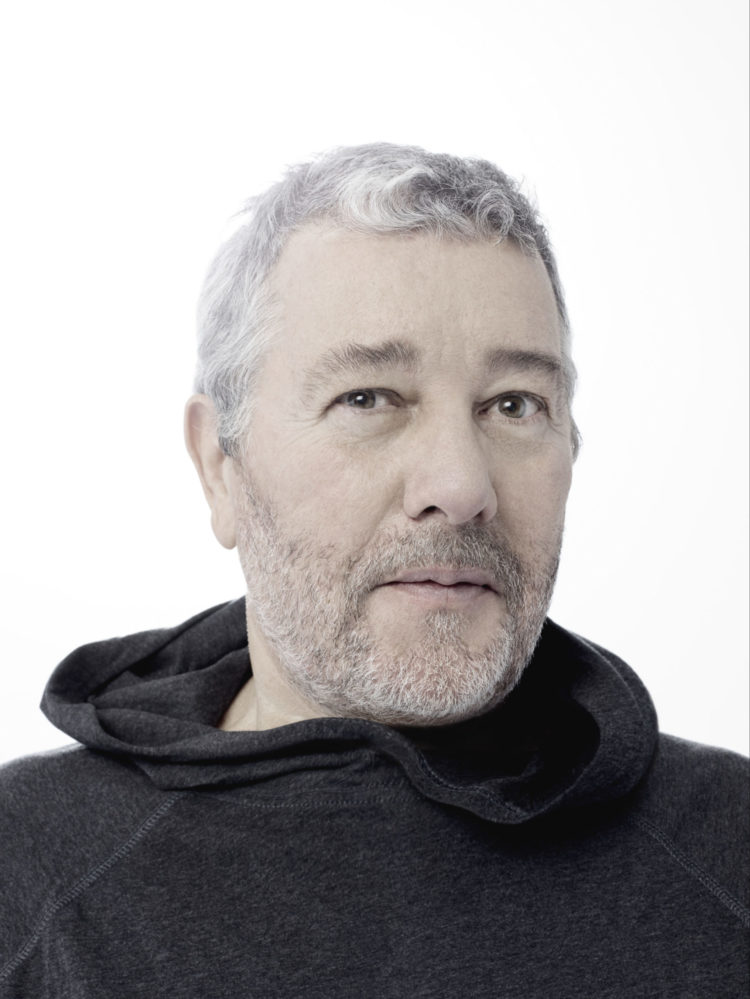
Do you think the pandemic will have an effect on bathroom design – will we be more hygiene/white focused or are we moving towards the un-bathroom bathroom – i.e a room in which you bathe – still very luxurious but less sleek and fitted and more like a room with a bath but also have pictures on the walls and more freestanding furniture.
“This pandemic is not new. Major epidemics have cost millions of lives throughout the history of the world. This one may be taking a slightly new form because of the instability of the ecosystem that humans have created. What will happen to housing after COVID is what we have always been working on. Either we are just going to follow a faster and easier way, or we are going to continue more intelligently what we were already doing.
“Dematerialization will be everywhere around us. Most of the objects around us have been dematerialized: heating and lighting are in paint, curtains are liquid crystal windows. Furniture will also change shape because the positions we use today are harmful to our health. Everything we know will disappear in favour of purely emotional choices. People will change their habits, and especially in these troubled times, they need comfort, security and being surrounded by nature.”
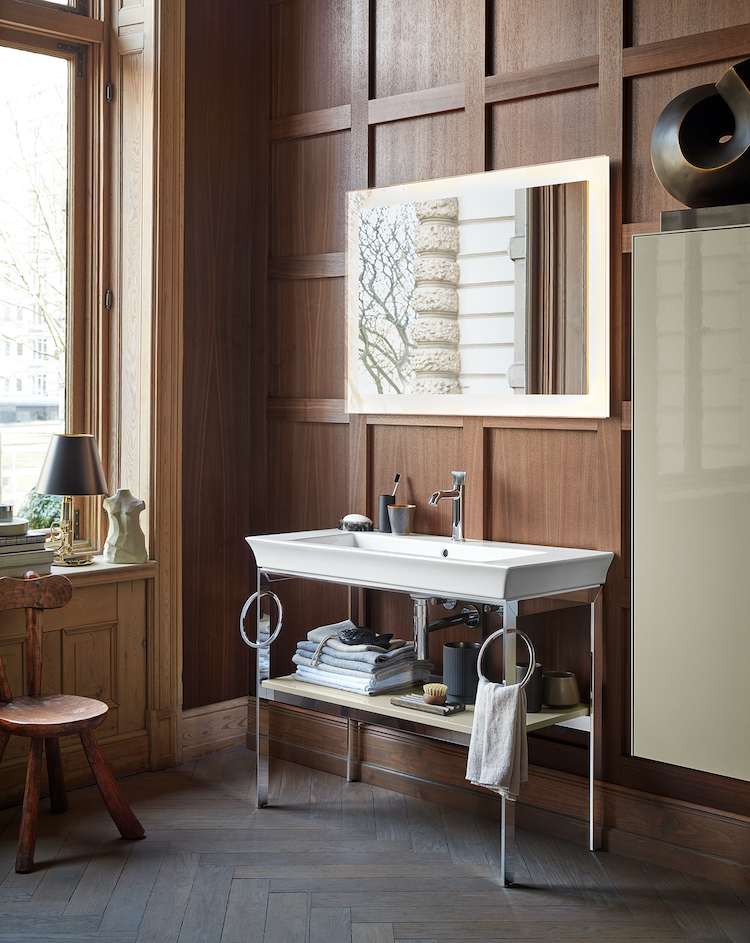
What are you working on now?
“I recently worked with Duravit on a new Cape Cod bathroom collection, which opens up design options for smaller bathrooms, with innovative designs and materials for the washing areas. We launched the delicate and sophisticated White Tulip collection, from bathtub, washbasins and furniture, toilets and bidets, to connected mirrors and a complete collection of faucets. My latest projects include a collaboration with Axiom Space for commercial space travel for which I have created the interiors of the habitation module of the International Space Station that will be launched in 2024.
I work on projects related to bionism and dematerialization – creations that bring Man closer to Nature. I launched Peau d’Amour, the 4th of Starck Paris perfume collection, which for me is the most powerful and dematerialized vehicle to the brain
We have also launched, in collaboration with Kartell, a new home-office collection ‘Smart Wood’, which comes at the right time in these troubled times, when people are increasingly working from home, and which responds to a desire for comfort, security and a return to nature, by being surrounded by wood. In a few months, we will open Villa M in Paris. This place dedicated to caregivers, will be designed with spaces with noble and sustainable materials, organic colours and eco-responsible products.”
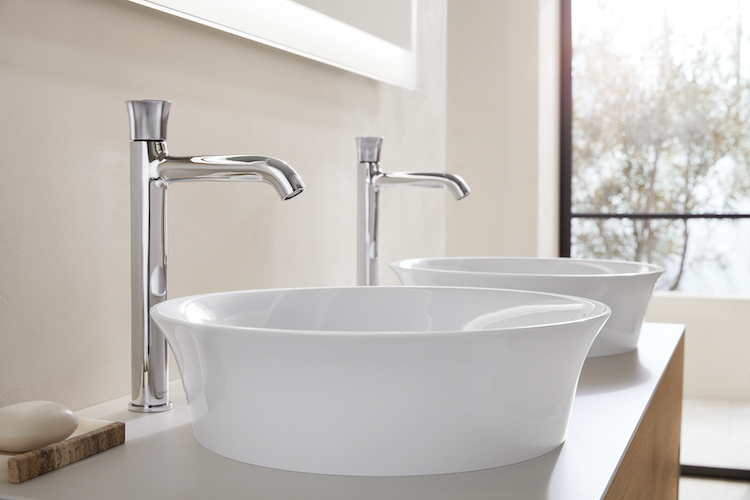
What do you do if/when you get stuck on a design and need to restart your brain?
“Starting a project from scratch, I consider it part of normal work. Someone will say ‘start again’, I will say ‘continue’, just ‘research’, ‘development’. Sometimes I suspect that we have abandoned a model and started again on something totally different. It’s possible, but it is for reasons beyond our control. Either we continue the work, or we go another way.”
Matteo Alessi told me his father asked you for a butter dish – which he still hasn’t had – although, he was of course, delighted with the iconic lemon squeezer.
“I can’t remember but I’m pretty sure that he thought I was crazy. He had asked me to design a butter dish, and I designed Juicy Salif. I designed it on a paper tablecloth while waiting for a pizza. It was a mathematical exercise of reversed topology applied to a lemon squeezer. And I think that it has become an icon because it was structurally new: the disruptive thing with this object is that it considers usual parameters in a completely different way. Juicy Salif merges two goals: squeezing a lemon and trigging conversations.
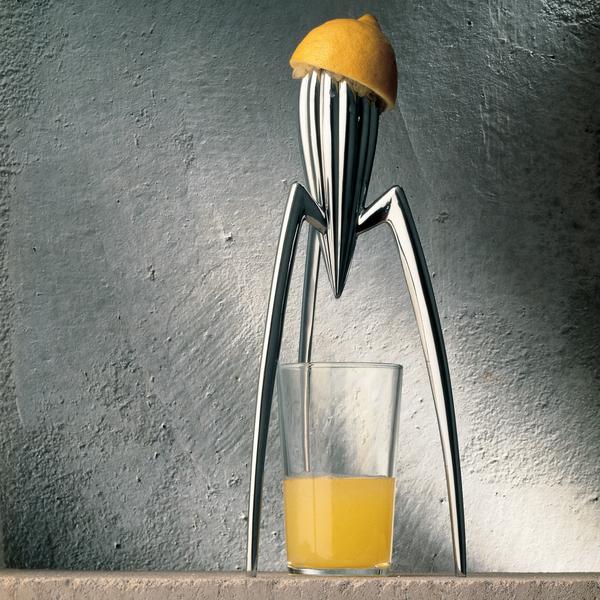
How was lockdown for you? Were you bored and frustrated or did you find inspiration and create lots of ideas?
“The paradox is that I experienced it as a rebirth when so many people were dying. It’s tricky to be reborn when the bodies are piling up. I have never in my memory stopped traveling, having appointments, conferences, and I realized that all this had totally destroyed me. I had become – literally – a moron, mainly because of jet lag.
“When I was a moron, I was an extraordinarily efficient creative machine, but I was just a machine. Here, I became a human being again, creating, with all the hazards, the surprises, with new territories opening up to me. By the way, in terms of physical experience, it didn’t change anything for me, as I still live like a monk. I work between 10 and 14 hours a day, alone, listening to music and looking out the window at nature. Since I have mild Asperger’s, I was in the containment like a fish in water.”
From Duravit: White Tulip is the first full bathroom created entirely by Philippe Starck. The form of all components within the series echoes the organic silhouette of a tulip in bloom. Prices: wall-hung WC & seat – £701.00, vanity unit, basin & tap – £2,516, freestanding bath 1800mm – £3,249.





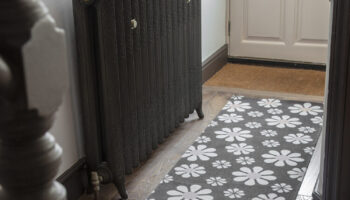
I’ve enjoyed several dinners and drinks at Faena Hotel restaurants and bars, done up by Starck, and it is for sure the most beautiful place I’ve been to – ever. Since I don’t live in Buenos Aires anymore, I should go there and stay at the hotel too… 🙂 Perhaps one day! I love everything he does.
My 1960’s bathroom faucets are full of flutes and nooks and crannies that have to be cleaned with a toothbrush. Every time I clean them I curse that they must have been designed by a man. Philippe Starck is a man who understands me. Even so, I say nyet to that first bathroom with all its photos and stuff that is vulnerable to moisture. The Juicy Salif is brilliant, but alas, at $130 Canadian, I say nyet to that too. Cheers from Canada!